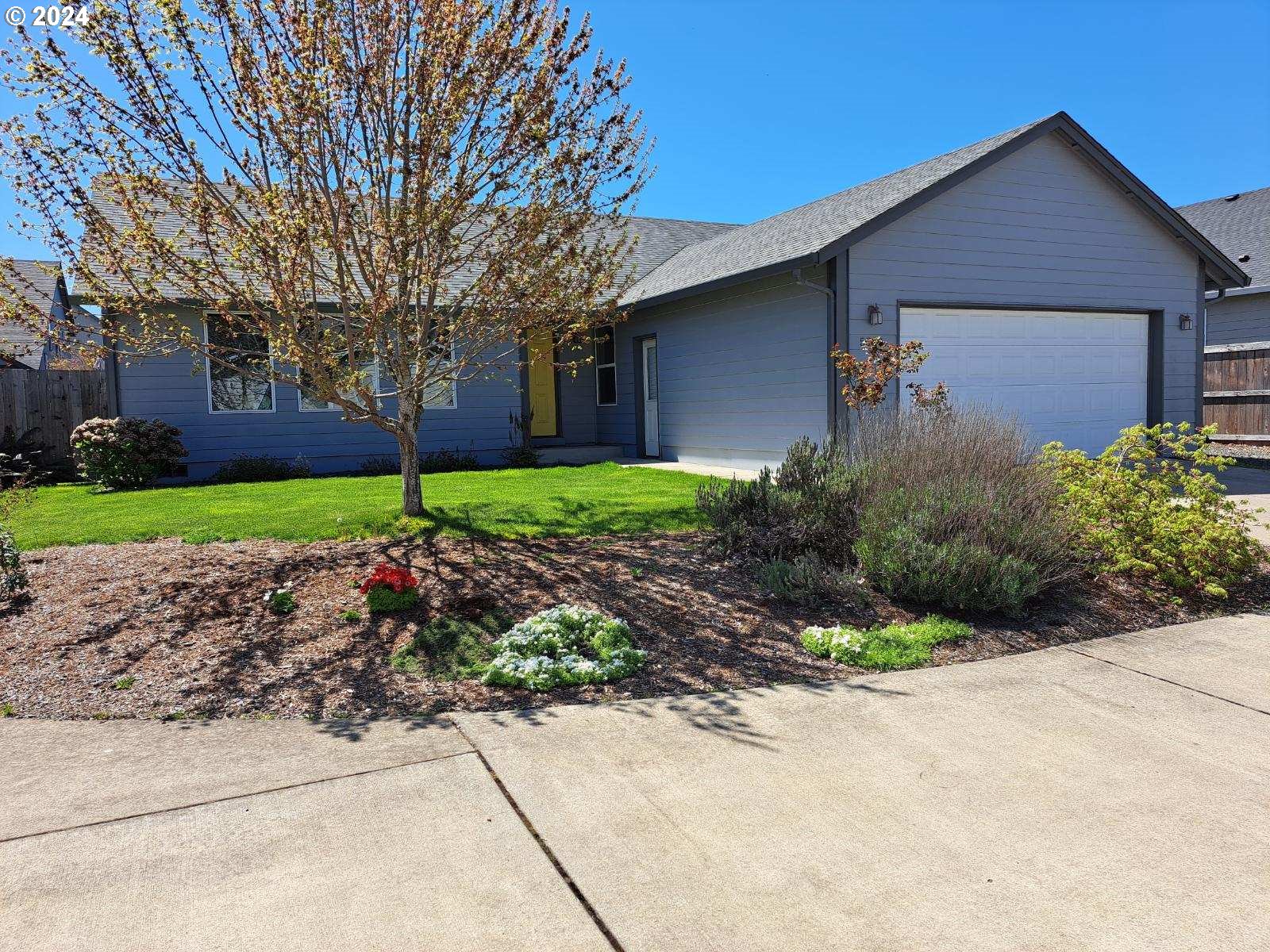Do We Have A Housing Crisis?
Good Monday Morning!
Do we have a housing crisis in the Eugene and Springfield area? We have a crisis nationally, and I suspect that there is a major housing crisis in the Eugene and Springfield area. Rising home prices, high property taxes, and now higher mortgage interest rates have made home ownership nearly impossible for many people in our area. Have you wondered why there are apartment buildings springing up everywhere? Home affordability in our community is a true crisis. One of the major factors contributing to high home prices in the Eugene and Springfield area is the lack of land that is readily available to build on. The lack of expansion along the Eugene urban growth boundary has created a lack of affordable building lots. There is just not enough land remaining that allows builders to build affordable housing. Lack of development area means that the price of any existing building lots is extremely high. On top of this, system development charges for new construction are extremely high. The combination of this, along with high labor and material costs, has pushed housing costs to a level that is not affordable to most in the average income brackets. This is a problem that has been brewing in our area for years and is now at a crisis level. The following is an article from "Realtor.com" that goes over the housing crisis on a national level.
The United States needs at least 1.5 million additional homes, and likely many more, to relieve the nation’s housing shortage, according to Freddie Mac.
In the first quarter of 2024, the homeowner vacancy rate dropped to 0.8% from 0.9% the prior quarter, the mortgage buyer said in a recent report on the housing market. That’s well below the 1.6% average vacancy rate recorded from 1994 to 2003, the period the report uses as a basis for comparison, and near the all-time low hit earlier last year.
Meanwhile, the rental vacancy rate remained flat for the third straight quarter at 6.6%, down from 8.2% during the historical comparison period. Rental vacancies touched four-decade lows in 2021 and 2022 and crept up slightly last year.
To bring the vacancy rate, both rental and homeowner, back in line with historical averages, the U.S. would need to add an additional 1.5 million vacant for-sale and for-rent homes,” the report says. “Without such units, the pressure on housing markets will persist.”
Despite higher mortgage rates, the housing market has remained incredibly tight due to a shortage of homes for sale. Earlier this week, the benchmark index tracking U.S. home prices hit a new all-time high, after surging 47% in the past four years.
The reason: Demand for homes continues to far outpace the available supply, pushing prices higher.
Homebuilders have responded by constructing many new units, but have failed to keep pace with demand. Freddie Mac estimates the nation’s current housing stock at 146.4 million units, an increase of 1.6 million units from one year ago.
However, most of those newly built units were rentals, the report notes. Rentals accounted for about 1 million of the units constructed over the past year, while owner-occupied homes grew by just 600,000.
Homebuilders blame stifling regulations
The National Association of Home Builders has blamed a number of factors for stifling construction, including excessive regulations, inefficient local zoning rules, and costly building codes.
“With a nationwide shortage of roughly 1.5 million homes, the lack of housing units is the primary cause of growing housing affordability challenges,” said NAHB Chief Economist Robert Dietz in comments last week. “Policymakers at all levels of government need to enact policy changes that will allow builders to construct more homes, such as speeding up permit approval times, providing resources for skilled labor training, and fixing building material supply chains.”
The Freddie Mac report warns that the 1.5 million estimated shortfall of homes “is almost certainly a dramatic underestimate of the total housing shortage” because it fails to account for latent demand and vacant housing that is not on the market for sale or rent.
In a 2021 report, the government-backed mortgage buyer estimated that the U.S. needed an additional 3.8 million units to achieve a target vacancy rate of 13%. That report cited a long-term decline in the construction of single-family homes, and an even sharper decline in the construction of entry-level homes of less than 1,400 square feet.
Construction of entry-level homes has declined on an absolute and percentage basis since the early 1980s, and took another leg down after the Great Recession. In 2020, Freddie Mac estimates there were only 65,000 new entry-level homes completed—less than one-fifth of the entry-level homes constructed annually in the late 1970s.
More recently, builders have started to pivot to building smaller homes in an effort to lure buyers frustrated by high prices and mortgage rates. In April, the median new-home sale price was $433,500, down 1.4% from March, but up 3.9% compared with a year ago, according to NAHB.
Have An Awesome Week!
Stay Healthy! Stay Safe! Remain Positive! Trust in God!
THIS WEEKS HOT HOME LISTING!

5580 Tradition Alley, Eugene, OR
Price: $489,900 Beds: 3 Baths: 2.0 Sq Ft: 1812
This single level home has been tastefully updated and is located in a quiet West Eugene neighborhood. Features include a newer 3-head ductless heat pump AC/heating system, a spacious living room, large bedrooms & a 2-car garage with built-in storag... View this property >>






